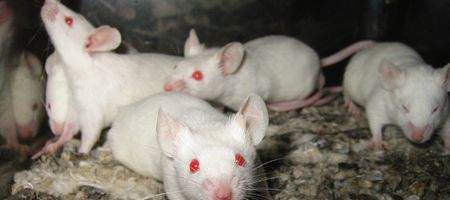Gene therapy has been used to increase the lifespan of mice by up to 24 percent – and improve their health at the same time.

Telomerase helps to maintain the physical integrity of the ends of chromosomes. And mice that received a single treatment to deliver the enzyme to different cells in the body showed drastic improvements in health, fitness and longevity, says the team.
“Gene therapy is typically thought of as a way to deliver genes into cells to correct genetic defects or diseases. However, if we consider that ageing is, at least in part, the consequence of defective gene function, gene therapy is also a valid strategy to delay ageing or to increase lifespan,” says Maria Blasco, director of the Spanish National Cancer Research Centre.
“Our results show that telomerase gene therapy is not only a viable anti-ageing intervention but it also has remarkably beneficial effects on health and fitness without increasing the incidence of cancer.”
Telomeres are the caps of repetitive DNA nucleotide sequences that sit at the ends of chromosomes, and are known to play a part in ageing. As they are gradually worn down, cell stop dividing and eventuially die.
The scientists used an adeno-associated virus vector to introduce the telomerase gene into the cells of adult mice, where it added DNA back to the ends of chromosomes.
The mice that were used in the experiments typically live for approximately 150 weeks. However, one-year-old mice that received the gene therapy lived on average 24 percent longer, and the average lifespan of two-year-old mice increased by 13 percent.
“In addition to living longer, engineered mice had stronger bones, improved metabolic functions, better motor coordination and balance, as well as improved performance in object-recognition tests,” says Bruno Bernardes de Jesus, a researcher at the Spanish National Cancer Research Centre.
The findings are the first proof-of-principle that telomerase gene therapy is both feasible and potentially safe. The team now plans to investigate whether the therapy could work for animals with longer lifespans.






